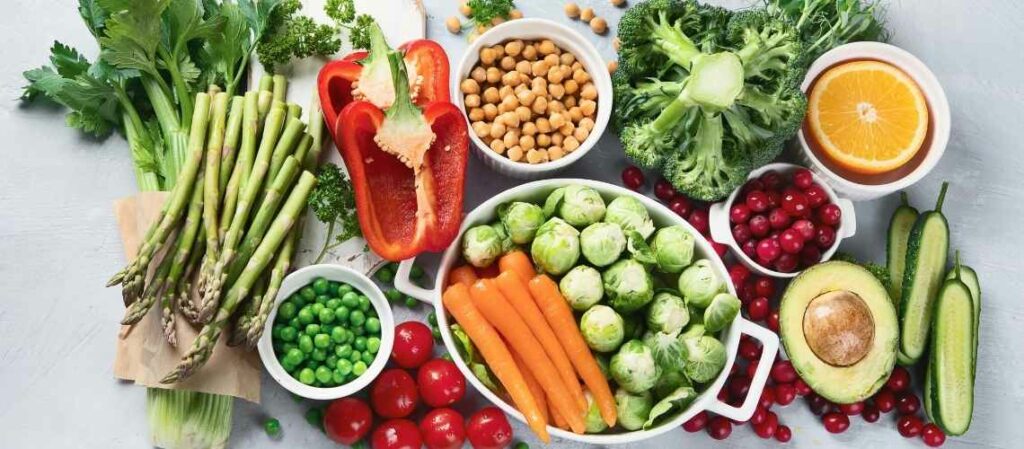Bread is a grain-based food that generally contains only four basic ingredients: wheat flour, water, yeast, and salt. While the simplest versions are typically vegan, the more extravagant varieties may contain milk, eggs, or other animal-derived ingredients. To make sure that you’re buying vegan-friendly bread, always check the ingredient label.
Soy and egg-based products are often used in bread recipes, though you should check the label to be sure. Lecithin, a common emulsifier, is used in challah and cornbread. Both lecithin and monoglycerides are derived from animal fat, and aren’t ideal for vegans.
Bread has long been a staple food for many people. It’s cheap and filling – and delicious! – and has many nutritional benefits. Among them, it’s high in carbohydrates, which boost energy levels and improve immunity. In addition, most breads are dairy-free. However, the increased commercialization of bread has made it difficult to judge whether a particular brand is vegan-friendly. Vegans should look for vegan brands with minimal processing.
Bread is usually vegan-friendly, but it varies from brand to brand and recipe to brand. You should always check for any animal ingredients when buying bread. There are many store-bought vegan varieties and also a wide variety of recipes that you can follow to make vegan bread at home.
Breads made from sprouted grains are typically more nutritious than those without sprouting. The sprouting process increases the amount of nutrients, including vitamins, and also breaks down phytate, which hinders the absorption of nutrients. And since sprouted grains contain more nutrients, they’re more easily digested by the body.
Sourdough bread, for example, is vegan-friendly when it contains whole wheat flour. However, it’s important to note that whole wheat bread does not need to be 100% whole wheat. Many versions of whole wheat bread may not contain eggs. While whole wheat bread was popular during the 1990s, it’s not always vegan-friendly.
Garlic bread is vegan-friendly when you replace the butter with plant-based oil. However, most of the garlic breads available in restaurants and grocery stores aren’t Vegan-friendly. To make sure, check the ingredient label or ask your server. You can also make your own vegan-friendly garlic bread.
If you’re looking for a vegan bread, look for a loaf made with organic ingredients. Many bakeries offer vegan options, including loaves, bagels, and croissants. Some bakeries even make sourdough-style bread with a sourdough starter, which helps make it vegan.
Yeast is a non-animal ingredient that can be found in all sorts of food. It is a fungus that is found in nature. Since it doesn’t have animal roots, vegans can use yeast in their bread. Yeast is a great source of nutrients and has many benefits. But it isn’t vegan-friendly if it contains animal-derived ingredients, which often include eggs and butter.
MONTHLY WINE SAVINGS
Subscribe & Save
By signing up to our monthly mailing list you are welcoming the latest news, wines and savings directly into your inbox.


